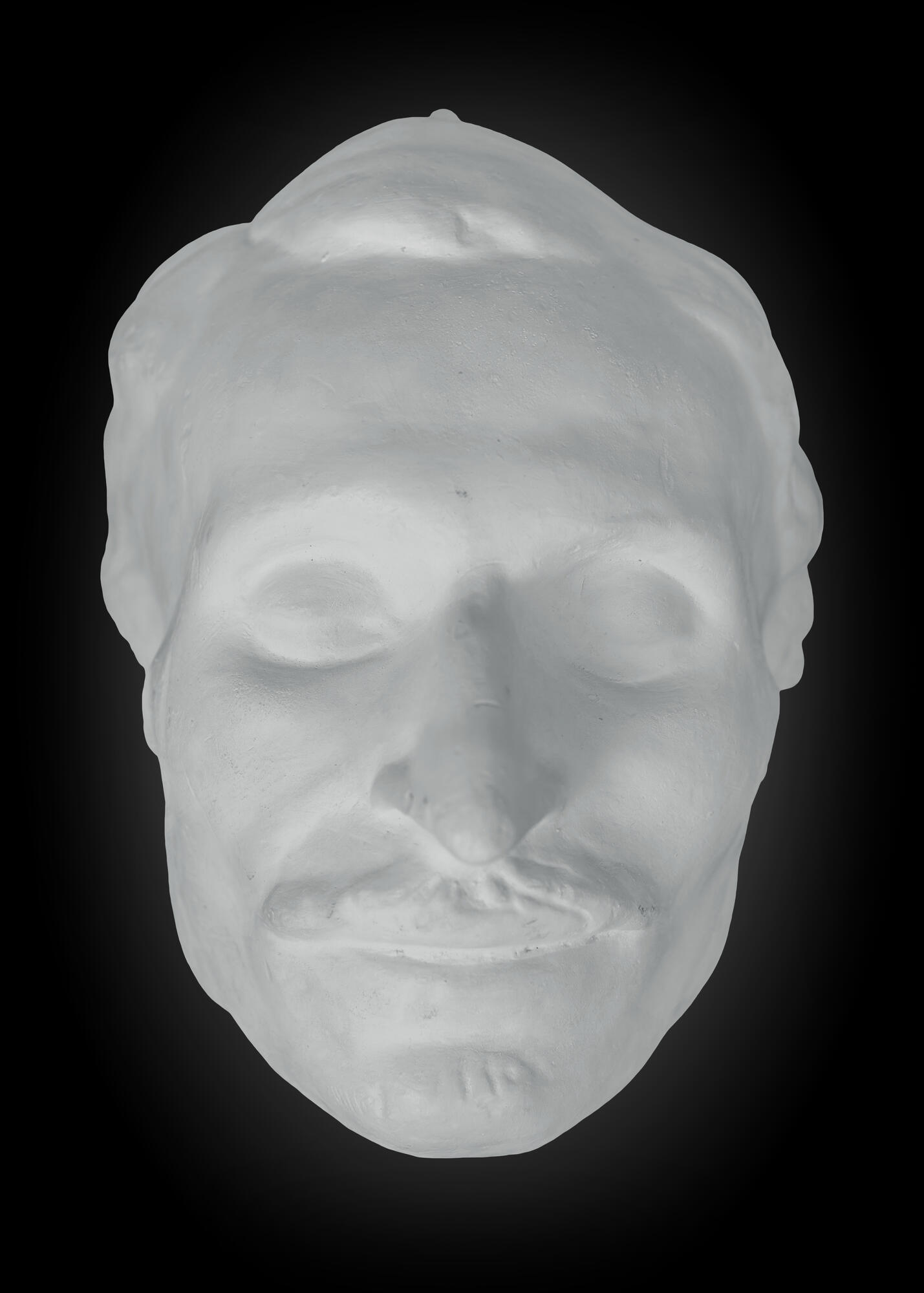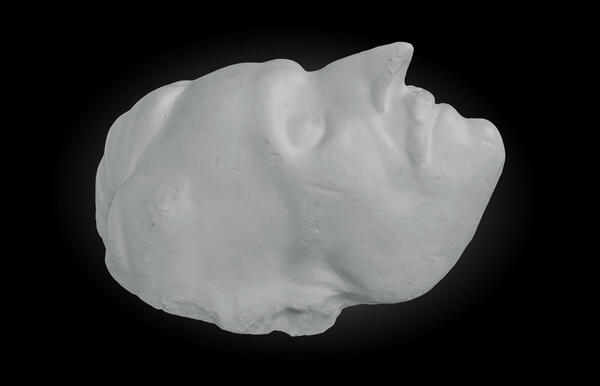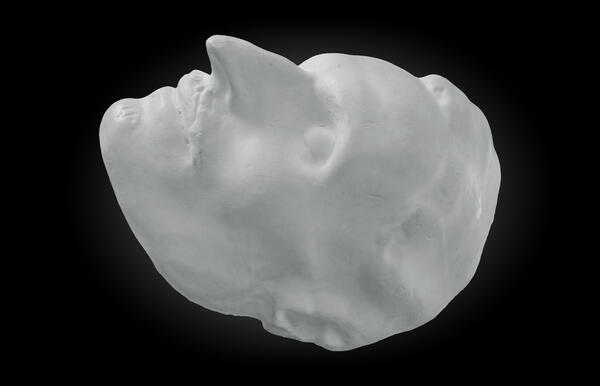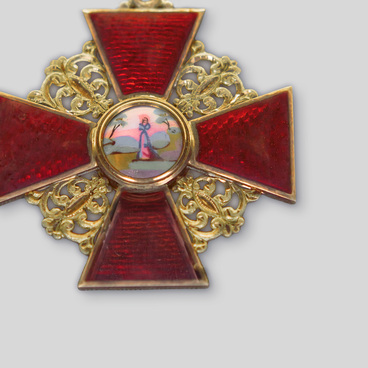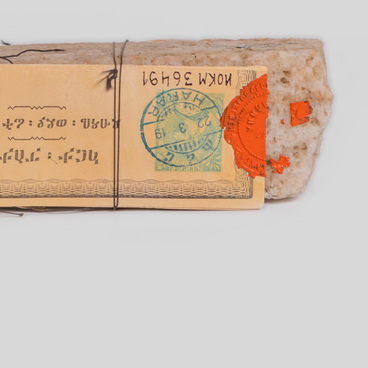The Ivanovo Museum of Local History presents a death mask of the great Russian writer Nikolai Vasilyevich Gogol. In the 1910s, collecting death masks of renowned people became quite popular. There were over thirty such masks in Dmitry Burylin’s collection.
There is a legend connected with the mask of Nikolai Gogol, saying that it was made while the writer was still alive. He was known to suffer from sudden fainting spells and narcolepsy attacks (a consequence of one of his illnesses). This led to him developing a great fear of being mistakenly declared dead and buried alive. However, the version of Gogol falling into lethargic sleep was strongly doubted by Nikolai Alexandrovich Ramazanov, a sculptor who took the mask from the deceased. He repeatedly stated that Gogol was most certainly dead by the time he started working on the mask.
A death mask is a likeness taken of a person’s face after their death, usually made of plaster or wax material. Art historians believe that the tradition of taking a cast from the corpse can be traced back to the ancient ritual of a funeral mask. The difference is that the ritual did not require a portrait likeness, and the funeral mask played a purely symbolic role. Over time, the concept changed, and sculptors strove to convey the facial features of the deceased as accurately as possible.
Each era brought new choices of materials used to create masks. In ancient Egypt, the impressions of deceased pharaohs were taken in gold. The Romans used wax. Later, closer in time to today, sculptors began to favor plaster as a cheaper, more widespread and reliable material. The popularity of death masks increased during the French Revolution.
The process of making a mask involves several steps.
The face of the deceased person is covered with petroleum jelly, then a thin
layer of plaster is applied. When it dries, it is cut into two parts with a
piece of thin cardboard. If the mask is removed as a whole, it may lose shape. The
two halves are then glued together, producing a mold — a reversed version of
the face. This mold is used to cast the mask. The first cast is especially
valuable and usually remains with the family of the deceased. The second casts
of death masks of renowned people are kept in the Kunstkamera, where a visitor
can order a copy of the copy of the mask. The museum houses such “third”
copies.
